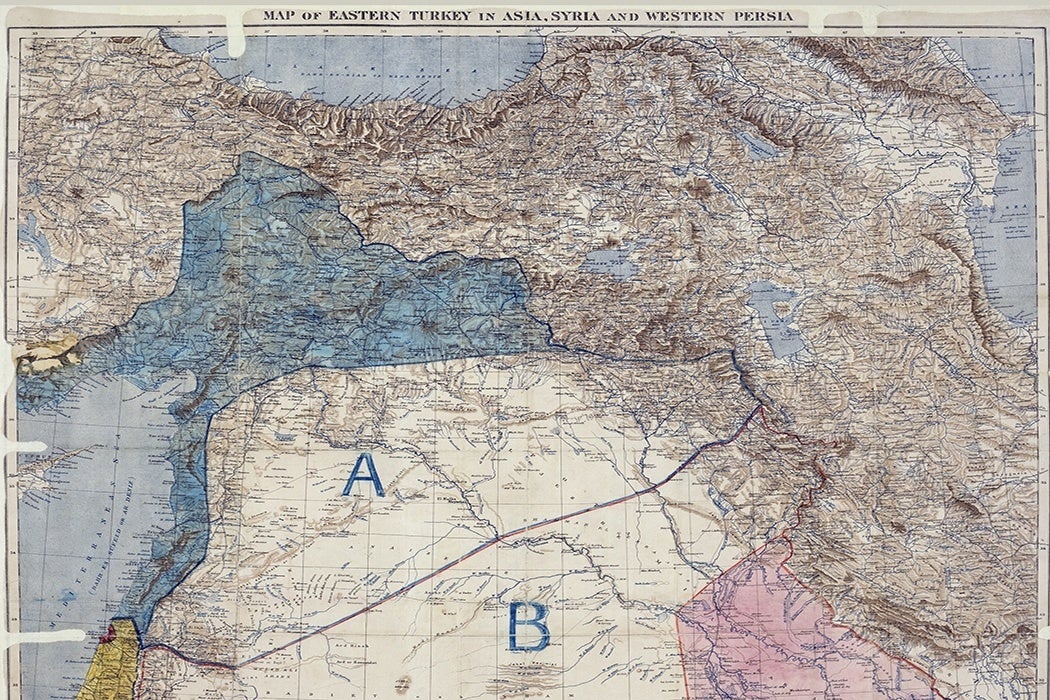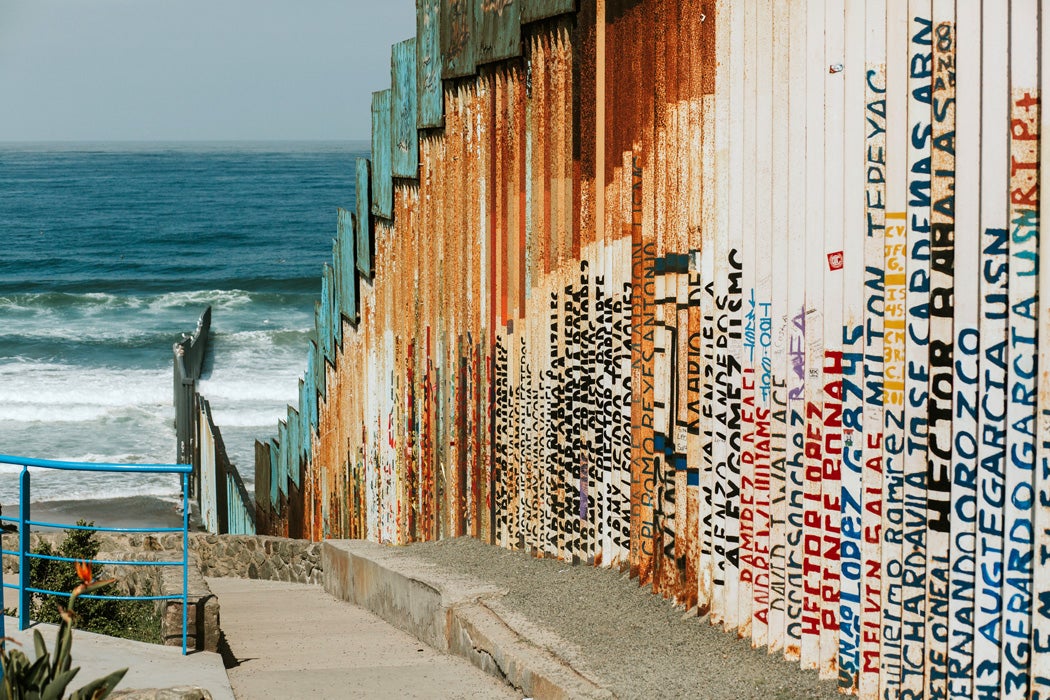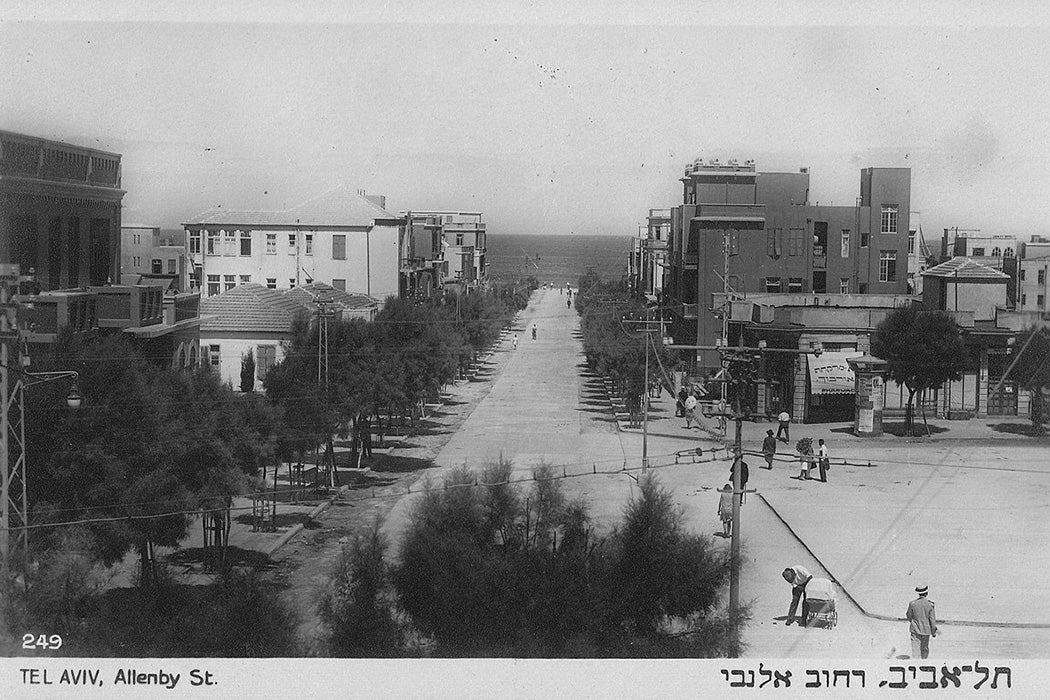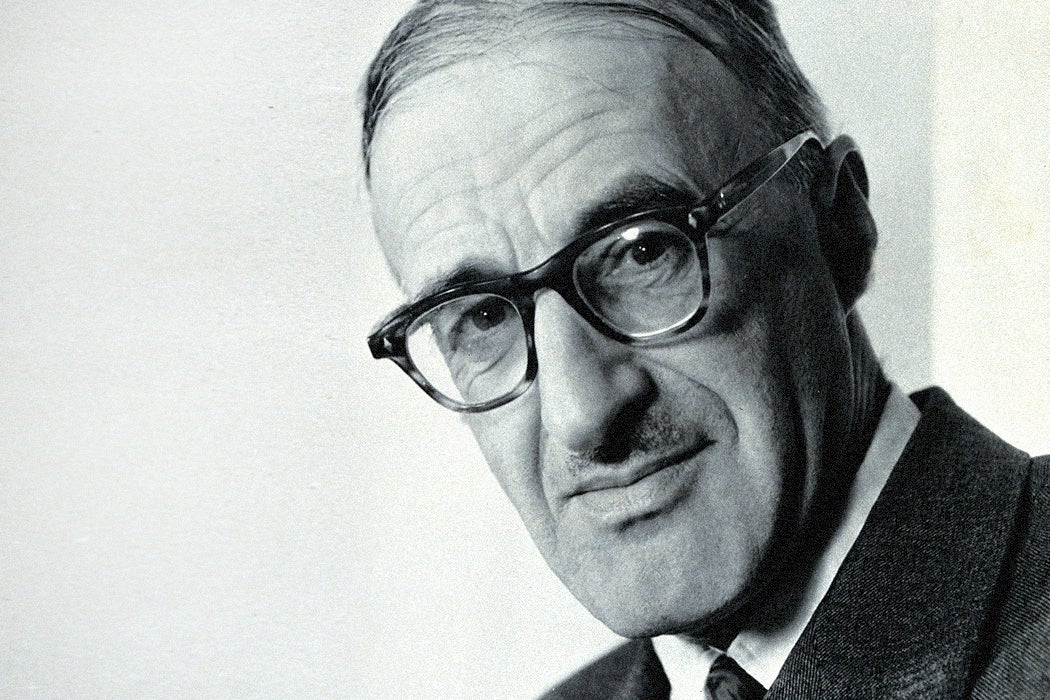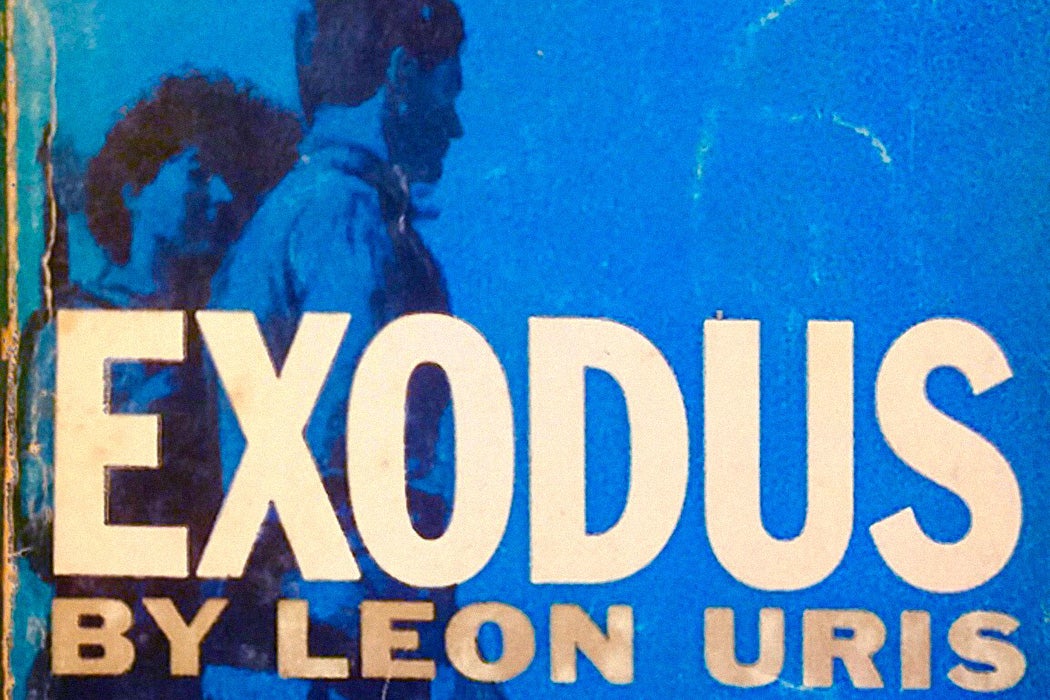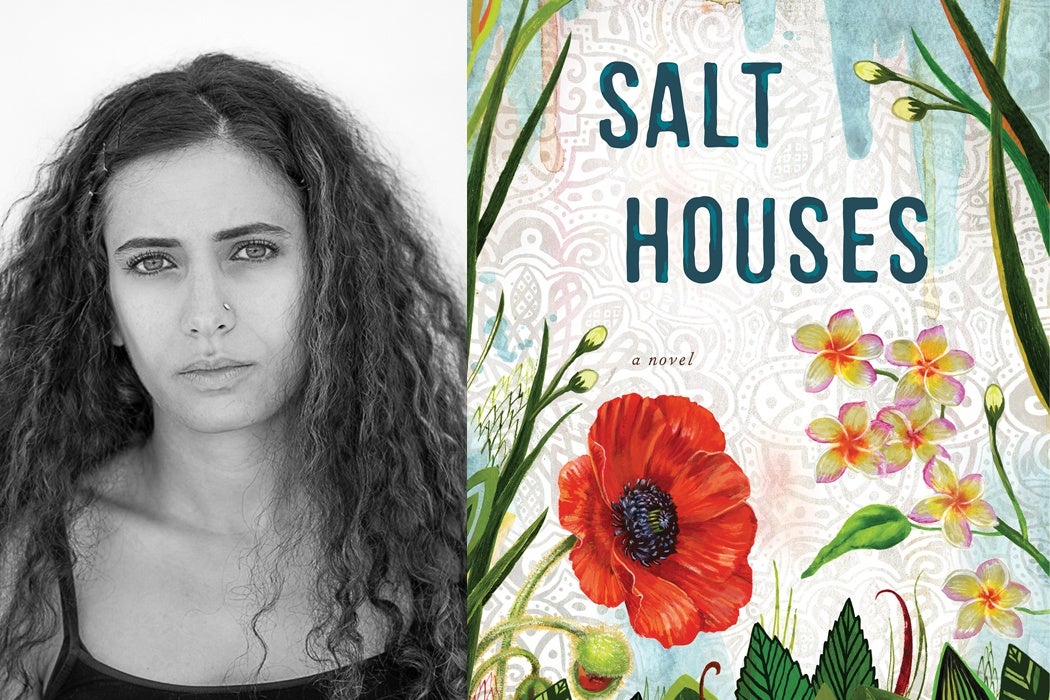The icon indicates free access to the linked research on JSTOR.
The October 7, 2023, attack on Israel by the Islamic militant group known as Hamas surprised and shocked the world. The sheer scale of the invasion and retaliation by Israel signals that the region has entered a new phase of conflict. It’s hard to watch, even from a safe distance, without wondering how and why people can be so barbarous. At JSTOR Daily, where educators are top of mind, we wonder how we can help teachers and all students of the world begin to understand the long, complicated history that led here. We hope the following stories and scholarship they’re based on provide some of the historical and cultural context that we all need to start conversations in the classroom and out. As always, the scholarship on JSTOR that we link to is freely available for all readers.


May 13, 2016
The Sykes-Picot remade the Middle East for British and French control. A century later, their legacy is a disaster.
March 2, 2015
Two scholarly perspectives on the making of the Middle East.
February 28, 2019
From feudal fortresses to contemporary border barriers, walls have always offered more symbolic value than real protection.
September 14, 2023
Jewish immigrants and British authorities tried to sell electrification as a matter of business while Palestinian Arabs viewed it as a Zionist nation-building project.
April 12, 2020
As colonized peoples challenged the imperial powers after World War I, British veterans were tapped to become a ruthless police force.
December 22, 2020
Although it was the language of sacred texts and ritual, modern Hebrew wasn't spoken in conversation till the late nineteenth century.
January 11, 2023
Within the alienated and antagonist cultures inside Israel’s borders, Arabic and Hebrew—related, but mutually unintelligible languages—cross-fertilize each other.
October 18, 2023
The late Israeli thinker spoke of the occupation's moral cost for both sides of the conflict. A philosopher considers how his nuanced arguments hold up in 2023.
May 19, 2021
Scholarship about Israeli settlement in occupied Palestinian territories provides historical context for recent violence in the region.
November 7, 2015
Israeli writer S. Yizhar’s 1949 novella Khirbet Khizeh, first published in English in 2008 and recently reissued in English by Farrar, Straus and Giroux.
August 29, 2020
Leon Uris's bestselling book Exodus portrayed the founding of the state of Israel in terms many Americans could relate to.
July 6, 2017
Debut novelist Hala Alyan on how she researched her new, much-buzzed-about novel Salt Houses, with a little help from JSTOR.
November 30, 2017
Who is Bansky better serving with his artwork in Gaza? Those living on the bank itself or his personal brand?
Support JSTOR Daily! Join our membership program on Patreon today.



